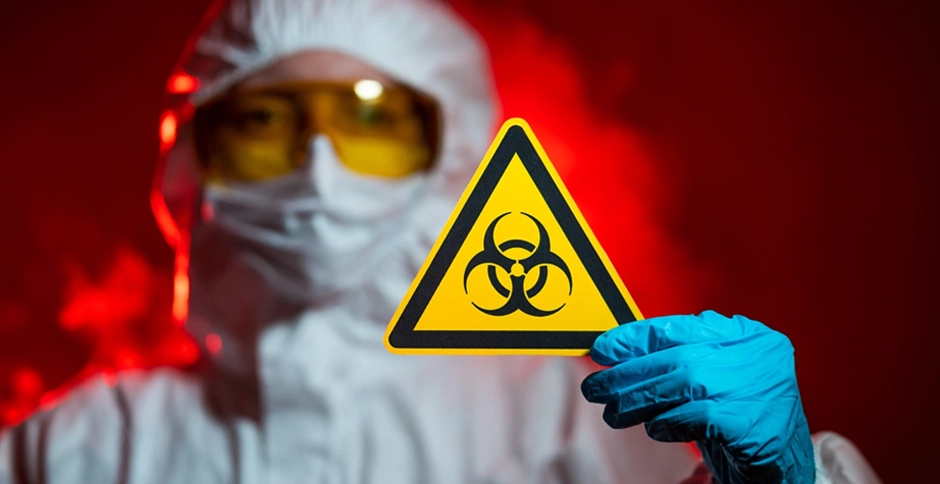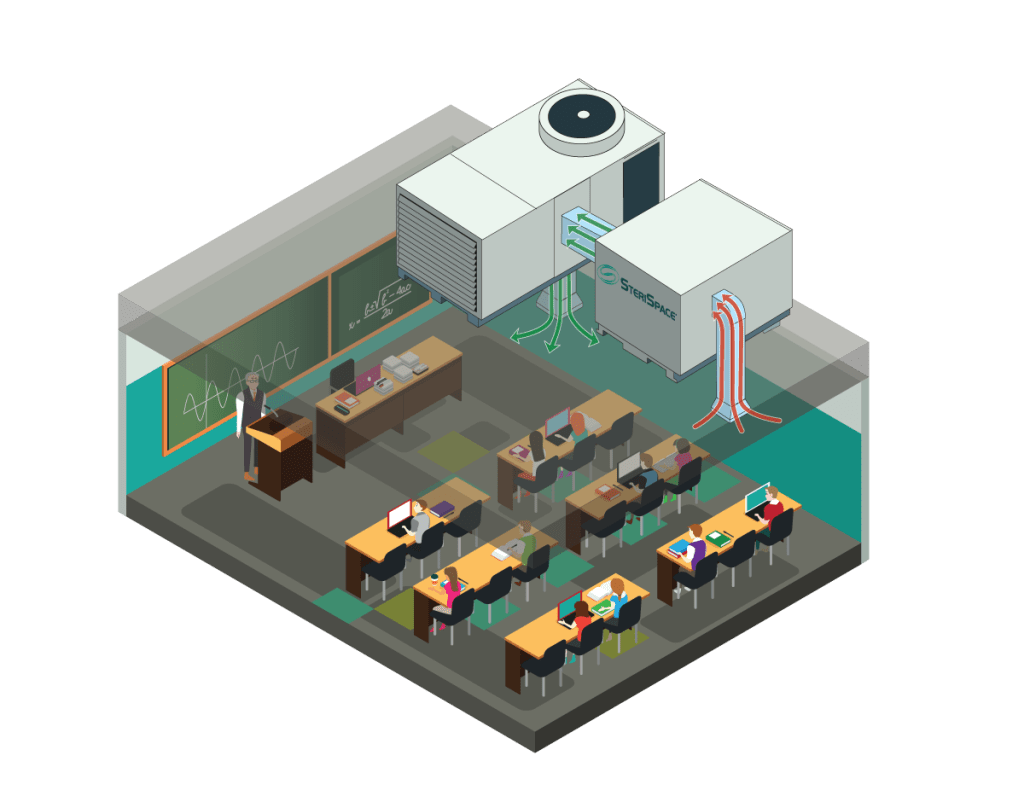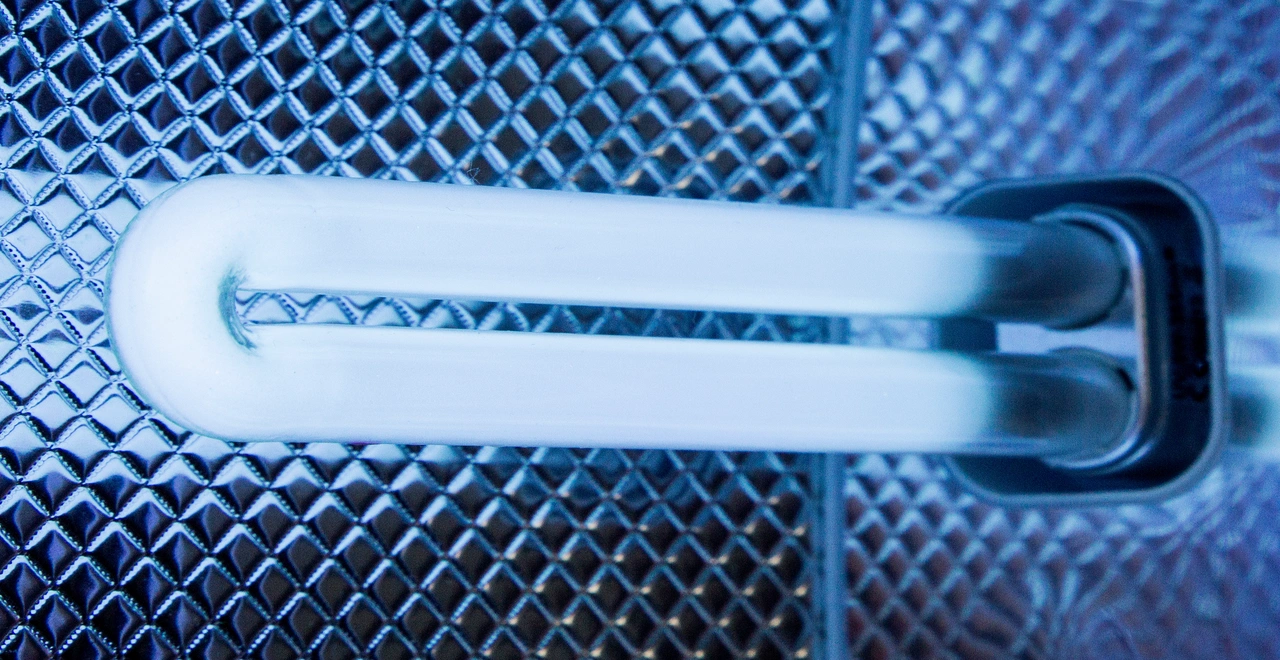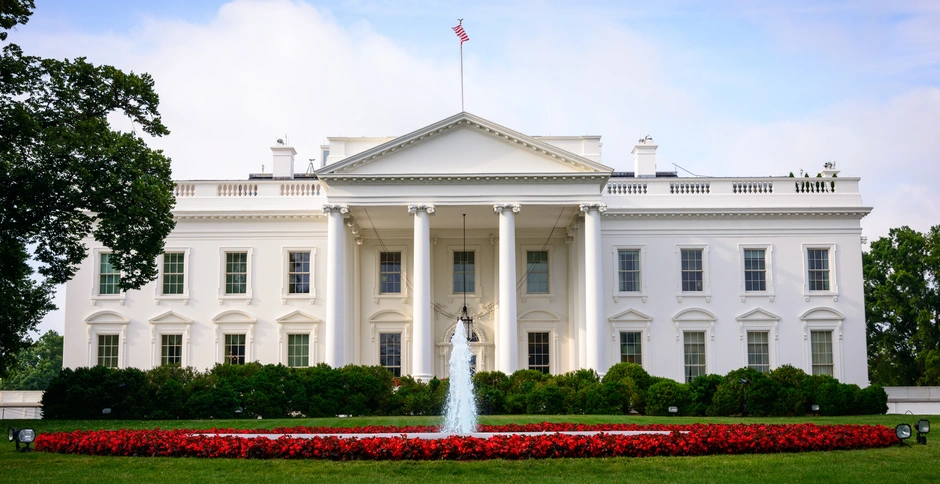
What Is Biological Contamination?
What is biological contamination and how does it impact indoor air quality? Learn how to protect your indoor air quality here.

We now know how important ventilation is to limiting the transmission of airborne diseases and maintaining healthy learning environments.
If your building’s ventilation is lacking, its ability to “turn over” the air in a space is significantly reduced. This can be perilous for students and staff, as it may lead to the buildup of biological contaminants, including airborne bacteria, mold, and viruses.
For many schools, a combination of building age or lack of funding, lead to HVAC systems in many U.S. public schools becoming woefully outdated and not up to the challenge of providing necessary ventilation.
To help schools improve ventilation, the CDC and U.S. Department of Education have made bringing in “make-up air” a cornerstone of their strategy to improve indoor air quality and limit the spread of airborne disease.
The recommendation to improve ventilation includes bringing in as much fresh outdoor air as possible with existing Heating, Ventilation, and Air Conditioning (HVAC) systems or simply opening a window. However, this one-size-fits-all approach to improving indoor air quality poses several challenges for many schools.
For consistent airflow, 10-20% of new air introduced to an indoor environment is recommended to come from an outside source. Traditionally, this has been achieved through “natural ventilation” (i.e., opening windows and doors) or outdoor air intakes associated with the HVAC system.
Even if the necessary upgrades are made to these schools, they may not automatically enjoy better air quality if the systems are not maintained and operated correctly.

By integrating this low-maintenance solution with an existing HVAC system, sterile SteriSpace air is safe to reintroduce back into indoor environments and can function to provide 20-40% make-up air for recirculation, eliminating the need to bring in air from outdoor sources.
SteriSpace innovative air sterilization technology drastically reduces ventilation-associated disease outbreaks by preventing airborne contaminants from recirculating in a school’s central ventilation system.
Schools can currently use Elementary and Secondary School Emergency Relief (ESSER) Funds to invest in Indoor Air Quality Improvements that include HVAC and ventilation upgrades.

What is biological contamination and how does it impact indoor air quality? Learn how to protect your indoor air quality here.

Air sterilization is a better option than UV light for HVAC systems. Discover why air sterilization is the best way to improve your indoor air quality.

A building’s indoor air quality and cleanliness matter. Click here for a guide to understanding the purpose of the Clean Air in Buildings Challenge.